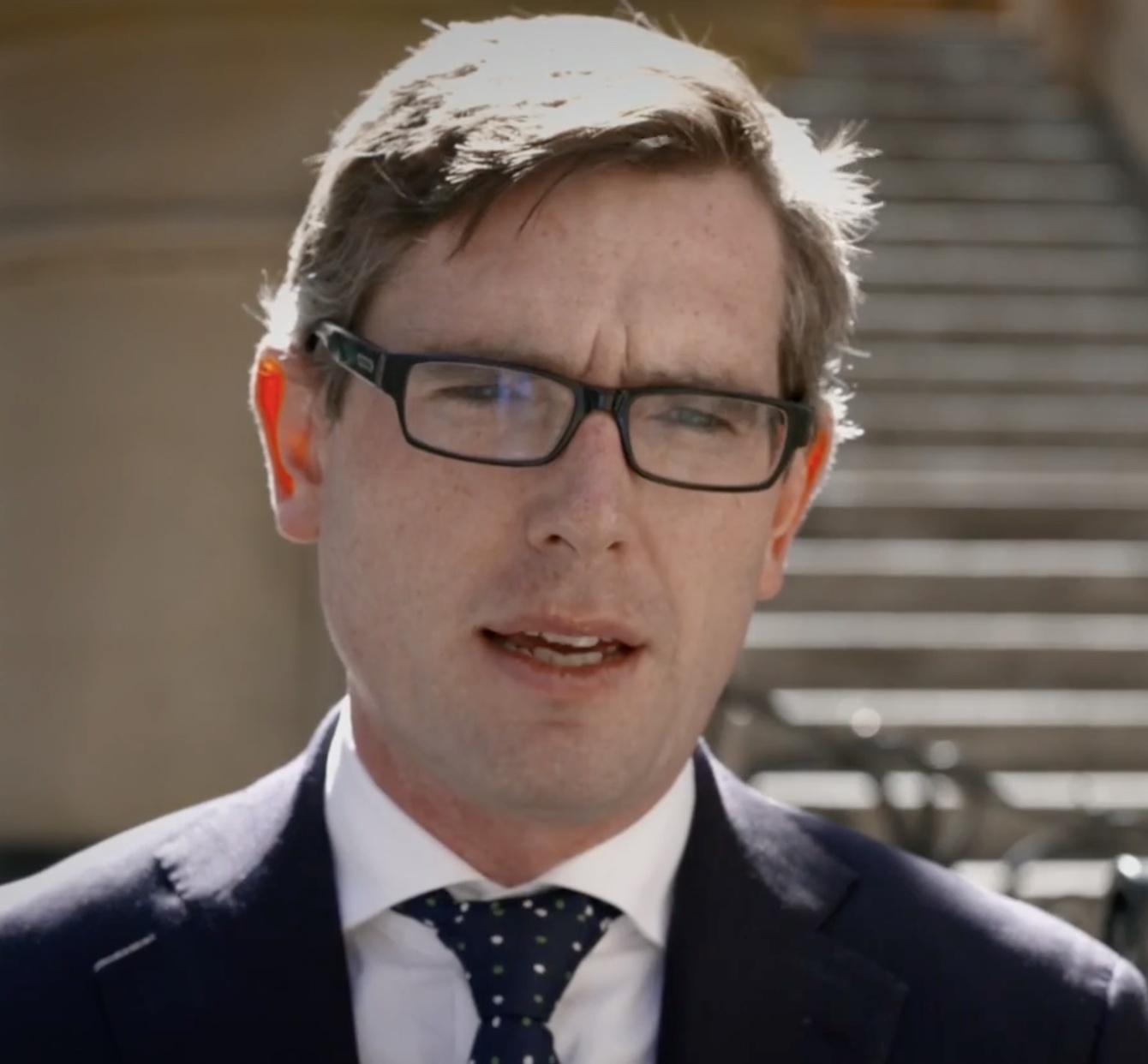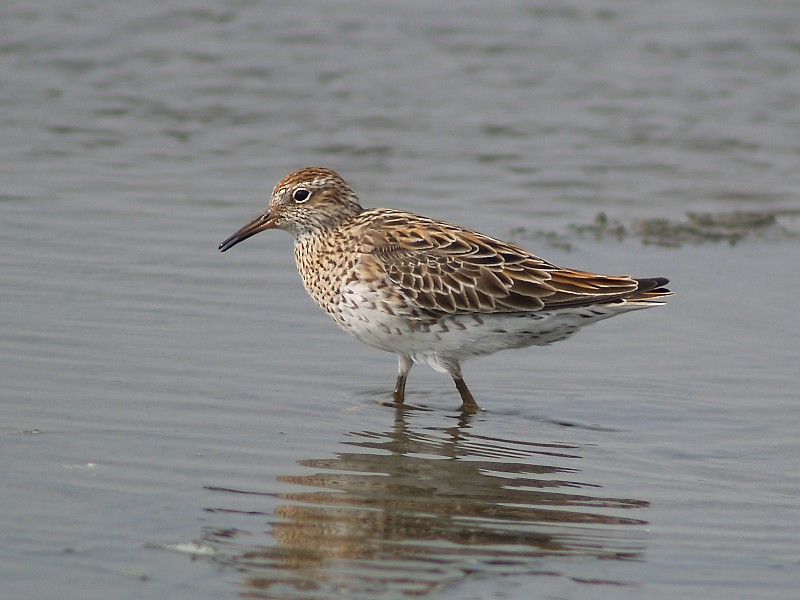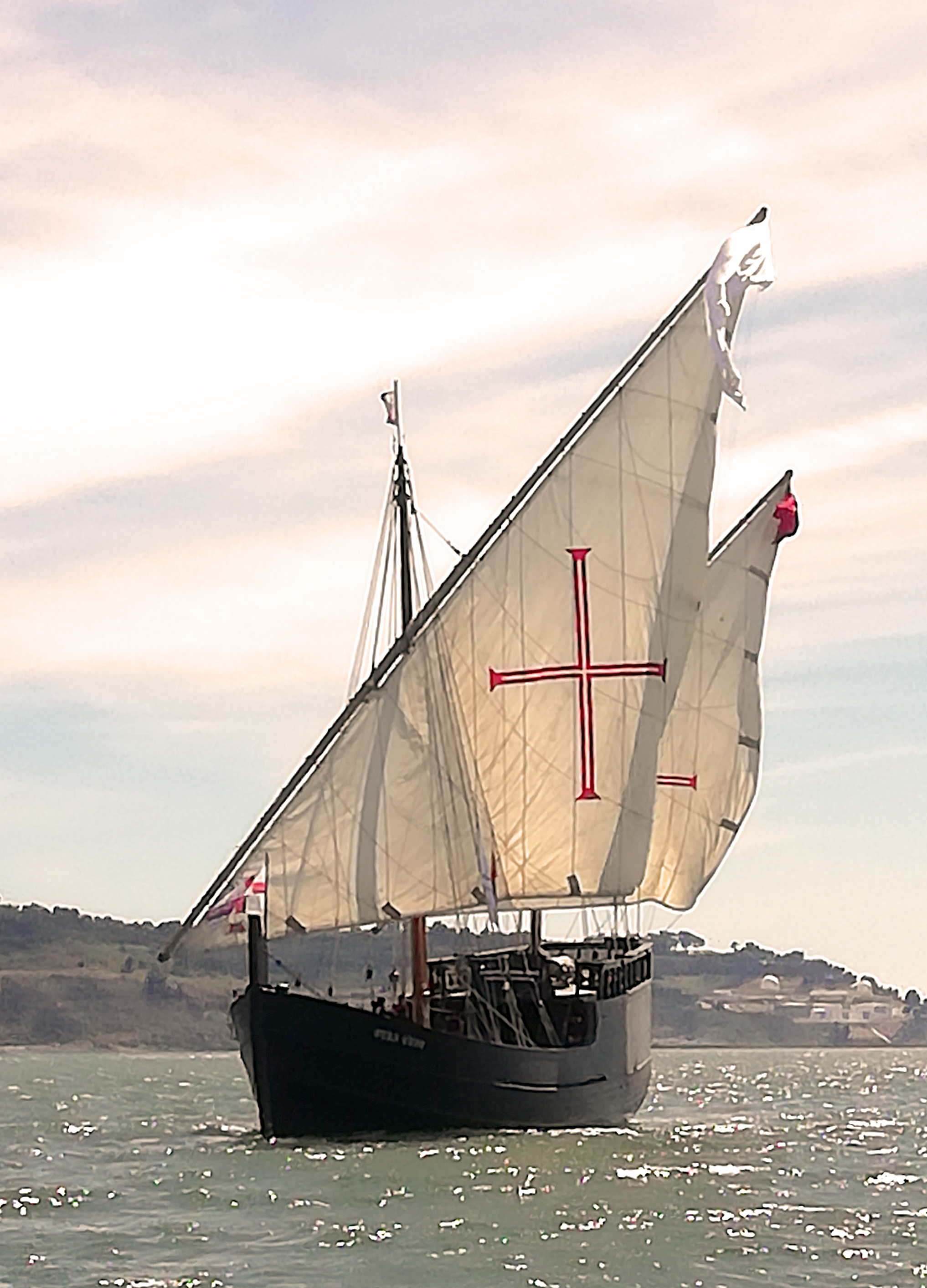|
Wyrrabalong National Park
The Wyrrabalong National Park is a coastal national park that is located on the Central Coast of New South Wales, in eastern Australia. The national park consists of two sections; the northern section consists of approximately and covers a substantial area of the peninsula between The Entrance and Norah Head as well as Terilbah and Pelican Islands within Tuggerah Lake. The southern section consists of about of the coast, from Shelly Beach south to Forresters Beach. The park is also noted for containing the last significant coastal (littoral) rainforest on the Central Coast. Most of the park lies in the Tuggerah Important Bird Area, identified as such by BirdLife International because of its importance for a variety of water and woodland birds. The average elevation of the terrain is 8 meters. History The land now occupied by Wyrrabalong National Park was first inhabited by the indigenous Darkinjung and Awabakal peoples. The Darkinjung occupied the southern section and T ... [...More Info...] [...Related Items...] OR: [Wikipedia] [Google] [Baidu] |
Government Of New South Wales
The Government of New South Wales, also known as the NSW Government, is the Australian state democratic administrative authority of New South Wales. It is currently held by a coalition of the Liberal Party and the National Party. The Government of New South Wales, a parliamentary constitutional monarchy, was formed in 1856 as prescribed in its Constitution, as amended from time to time. Since the Federation of Australia in 1901, New South Wales has been a state of the Commonwealth of Australia, and the Constitution of Australia regulates its relationship with the Commonwealth. Under the Australian Constitution, New South Wales, as with all states, ceded legislative and judicial supremacy to the Commonwealth, but retained powers in all matters not in conflict with the Commonwealth. Executive and judicial powers New South Wales is governed according to the principles of the Westminster system, a form of parliamentary government based on the model of the United Kingdom. Legisl ... [...More Info...] [...Related Items...] OR: [Wikipedia] [Google] [Baidu] |
Indigenous Australians
Indigenous Australians or Australian First Nations are people with familial heritage from, and membership in, the ethnic groups that lived in Australia before British colonisation. They consist of two distinct groups: the Aboriginal peoples of the Australian mainland and Tasmania, and the Torres Strait Islander peoples from the seas between Queensland and Papua New Guinea. The term Aboriginal and Torres Strait Islander peoples or the person's specific cultural group, is often preferred, though the terms First Nations of Australia, First Peoples of Australia and First Australians are also increasingly common; 812,728 people self-identified as being of Aboriginal and/or Torres Strait Islander origin in the 2021 Australian Census, representing 3.2% of the total population of Australia. Of these indigenous Australians, 91.4% identified as Aboriginal; 4.2% identified as Torres Strait Islander; while 4.4% identified with both groups. [...More Info...] [...Related Items...] OR: [Wikipedia] [Google] [Baidu] |
Protected Areas Established In 1991
Protection is any measure taken to guard a thing against damage caused by outside forces. Protection can be provided to physical objects, including organisms, to systems, and to intangible things like civil and political rights. Although the mechanisms for providing protection vary widely, the basic meaning of the term remains the same. This is illustrated by an explanation found in a manual on electrical wiring: Some kind of protection is a characteristic of all life, as living things have evolved at least some protective mechanisms to counter damaging environmental phenomena, such as ultraviolet light. Biological membranes such as bark on trees and skin on animals offer protection from various threats, with skin playing a key role in protecting organisms against pathogens and excessive water loss. Additional structures like scales and hair offer further protection from the elements and from predators, with some animals having features such as spines or camouflage servin ... [...More Info...] [...Related Items...] OR: [Wikipedia] [Google] [Baidu] |
National Parks Of New South Wales
National may refer to: Common uses * Nation or country ** Nationality – a ''national'' is a person who is subject to a nation, regardless of whether the person has full rights as a citizen Places in the United States * National, Maryland, census-designated place * National, Nevada, ghost town * National, Utah, ghost town * National, West Virginia, unincorporated community Commerce * National (brand), a brand name of electronic goods from Panasonic * National Benzole (or simply known as National), former petrol station chain in the UK, merged with BP * National Car Rental, an American rental car company * National Energy Systems, a former name of Eco Marine Power * National Entertainment Commission, a former name of the Media Rating Council * National Motor Vehicle Company, Indianapolis, Indiana, USA 1900-1924 * National Supermarkets, a defunct American grocery store chain * National String Instrument Corporation, a guitar company formed to manufacture the first resonator g ... [...More Info...] [...Related Items...] OR: [Wikipedia] [Google] [Baidu] |
Protected Areas Of New South Wales
The Protected areas of New South Wales include both terrestrial and marine protected areas. there are 225 national parks in New South Wales. Based on the Collaborative Australian Protected Area Database (CAPAD) 2020 data there are 2136 separate terrestrial protected areas with a total land area of (9.61% of the state's area). CAPAD data also shows 18 marine protected areas with a total area of , covering 39.63% of NSW waters. History New South Wales established the first known protected area in Australia, Royal National Park in 1879. The formation of the NSW National Parks and Wildlife Service in 1967 saw a bid in the conservation of the state's diversity of natural ecosystems and cultural heritage. Today New South Wales contains more than 16.4 million acres within 870 protected areas, as well as 225 different national parks, each with their own pristine beauty and tranquil scenery. New conservation areas In June 2020 the Government of New South Wales acquired , or of priv ... [...More Info...] [...Related Items...] OR: [Wikipedia] [Google] [Baidu] |
Hawkesbury River
The Hawkesbury River, or Hawkesbury-Nepean River, is a river located northwest of Sydney, New South Wales, Australia. The Hawkesbury River and its associated main tributary, the Nepean River, almost encircle the metropolitan region of Sydney. The Hawkesbury River has its origin at the confluence of the Nepean River and the Grose River, to the north of Penrith and travels for approximately in a north–easterly and then a south–easterly direction to its mouth at Broken Bay, about from the Tasman Sea. The Hawkesbury River is the main tributary of Broken Bay. Secondary tributaries include Brisbane Water and Pittwater, which, together with the Hawkesbury River, flow into Broken Bay and thence into the Tasman Sea north of Barrenjoey Head. The total catchment area of the river is approximately and the area is generally administered by the Hawkesbury–Nepean Catchment Management Authority. The land adjacent to the Hawkesbury River was occupied by Aboriginal peoples: th ... [...More Info...] [...Related Items...] OR: [Wikipedia] [Google] [Baidu] |
Convictism In Australia
Between 1788 and 1868, about 162,000 convicts were transported from Britain and Ireland to various penal colonies in Australia. The British Government began transporting convicts overseas to American colonies in the early 18th century. When transportation ended with the start of the American Revolution, an alternative site was needed to relieve further overcrowding of British prisons and hulks. Earlier in 1770, James Cook charted and claimed possession of the east coast of Australia for Britain. Seeking to pre-empt the French colonial empire from expanding into the region, Britain chose Australia as the site of a penal colony, and in 1787, the First Fleet of eleven convict ships set sail for Botany Bay, arriving on 20 January 1788 to found Sydney, New South Wales, the first European settlement on the continent. Other penal colonies were later established in Van Diemen's Land (Tasmania) in 1803 and Queensland in 1824. Western Australia – established as Swan River Colony i ... [...More Info...] [...Related Items...] OR: [Wikipedia] [Google] [Baidu] |
First Fleet
The First Fleet was a fleet of 11 ships that brought the first European and African settlers to Australia. It was made up of two Royal Navy vessels, three store ships and six convict transports. On 13 May 1787 the fleet under the command of Captain Arthur Phillip, with over 1400 people (convicts, marines, sailors, civil officers and free settlers), left from Portsmouth, England and took a journey of over and over 250 days to eventually arrive in Botany Bay, New South Wales, where a penal colony would become the first European settlement in Australia. History Lord Sandwich, together with the President of the Royal Society, Sir Joseph Banks, the eminent scientist who had accompanied Lieutenant James Cook on his 1770 voyage, was advocating establishment of a British colony in Botany Bay, New South Wales. Banks accepted an offer of assistance from the American Loyalist James Matra in July 1783. Under Banks's guidance, he rapidly produced "A Proposal for Establishing a S ... [...More Info...] [...Related Items...] OR: [Wikipedia] [Google] [Baidu] |
David Collins (lieutenant Governor)
Colonel David Collins (3 March 1756 – 24 March 1810) was a British Marine officer who was appointed as Judge-Advocate to the new colony being established in Botany Bay. He sailed with Governor Arthur Phillip on the First Fleet to establish a penal colony at what is now Sydney. He became secretary to the first couple of Governors, later being appointed to start a secondary colony where he founded the city of Hobart as the founding Lieutenant Governor of Van Diemen's Land (later becoming the state of Tasmania). Early life and military career David Collins was born 3 March 1756 in London, the third and oldest surviving child of Arthur Tooker Collins (1718–1793), an officer of marines (later major-general) and Henrietta Caroline (died 1807) of King's County, Ireland. His grandfather Arthur Collins (1684–1760) was author of '' Collins's Peerage of England''. The family lived in Saffron Hill, London, until 1765 when they moved to Devon after his father as a lieutenant colon ... [...More Info...] [...Related Items...] OR: [Wikipedia] [Google] [Baidu] |
Governors Of Tasmania
The governor of Tasmania is the representative in the Australian state of Tasmania of the Monarch of Australia, currently King Charles III. The incumbent governor is Barbara Baker (judge), Barbara Baker, who was appointed in June 2021. The official residence of the governor is Government House, Hobart, Government House located at the Queens Domain in Hobart. As the sovereign predominantly lives outside Tasmania, the governor's primary task is to perform the sovereign's constitutional duties on their behalf. As with the other governors of the Australian states, state governors, the governor performs similar constitutional and ceremonial functions at the state level as the governor-general of Australia does at the national level. The position has its origins in the positions of commandant and lieutenant-governor in the colonial administration of Van Diemen's Land. The territory was separated from the Colony of New South Wales in 1825 and the title "governor" was used from 1855, th ... [...More Info...] [...Related Items...] OR: [Wikipedia] [Google] [Baidu] |
The Tuggerah Lakes
The Tuggerah Lakes, a wetland system of three interconnected coastal lagoons, are located on the Central Coast of New South Wales, Australia and comprise Lake Munmorah, Budgewoi Lake and Tuggerah Lake. History The area around the Tuggerah Lakes was inhabited by the local Aborigines known as the Darkinjung people prior to European discovery in 1796. The lake system was discovered by the first Governor of Tasmania, Colonel David Collins, who had arrived on the First Fleet. They were found during the search for an escaped convict, Molly Morgan, who was thought to be living with the Aborigines to the north of the Hawkesbury River. Description The wetland system consists of three interconnected coastal lagoons: Lake Munmorah, Budgewoi Lake and Tuggerah Lake. The three lakes cover and have a perimeter of . The largest of the lakes is Tuggerah Lake at . All three lakes are shallow, with average depths of less than two metres (6.5 feet). There is only limited movement of water ... [...More Info...] [...Related Items...] OR: [Wikipedia] [Google] [Baidu] |
Age Of Discovery
The Age of Discovery (or the Age of Exploration), also known as the early modern period, was a period largely overlapping with the Age of Sail, approximately from the 15th century to the 17th century in European history, during which seafaring Europeans explored and colonized regions across the globe. The extensive overseas exploration, with the Portuguese and Spanish at the forefront, later joined by the Dutch, English, and French, emerged as a powerful factor in European culture, most notably the European encounter and colonization of the Americas. It also marks an increased adoption of colonialism as a government policy in several European states. As such, it is sometimes synonymous with the first wave of European colonization. European exploration outside the Mediterranean started with the maritime expeditions of Portugal to the Canary Islands in 1336, and later with the Portuguese discoveries of the Atlantic archipelagos of Madeira and Azores, the coast of West Afr ... [...More Info...] [...Related Items...] OR: [Wikipedia] [Google] [Baidu] |








